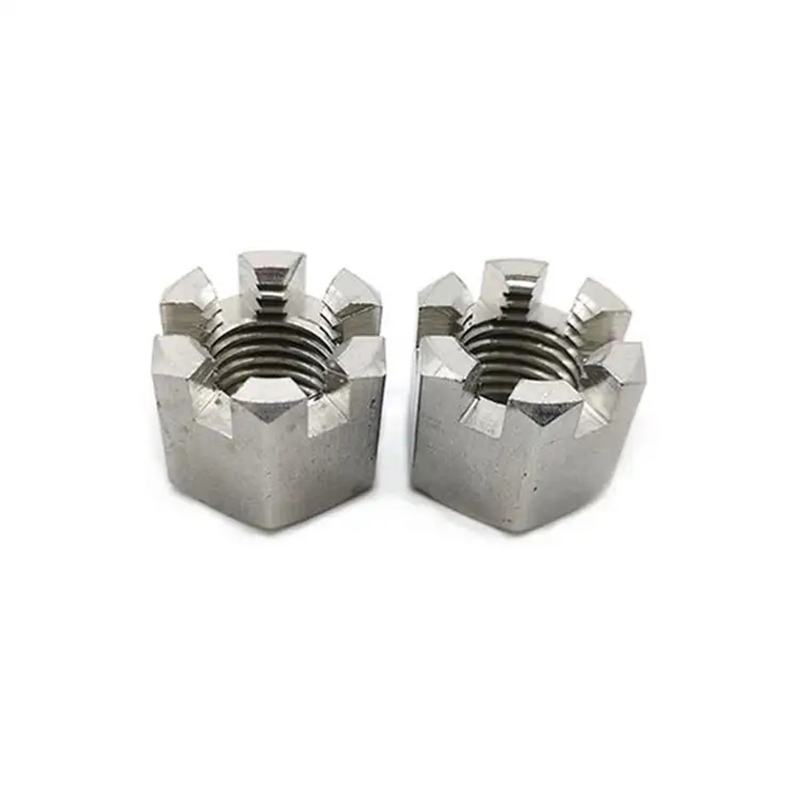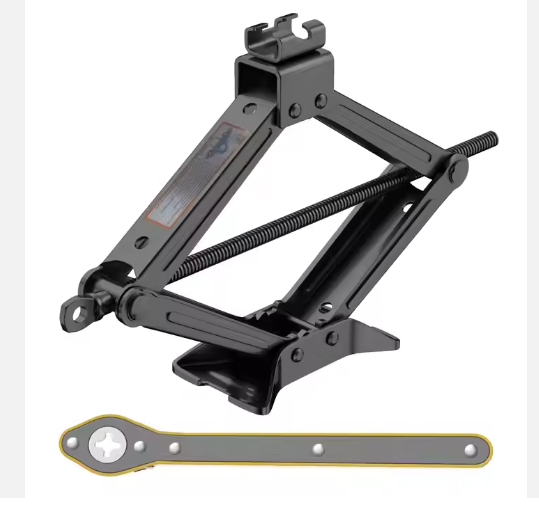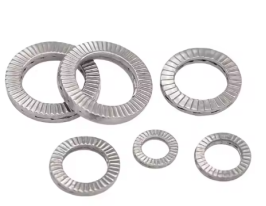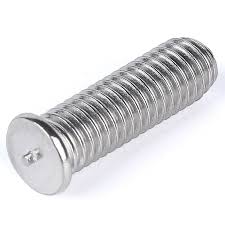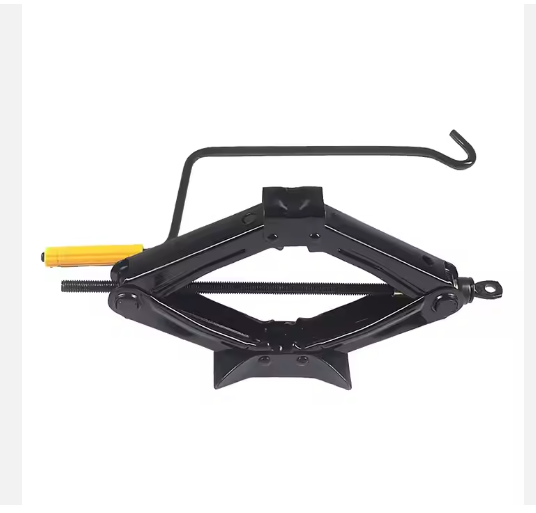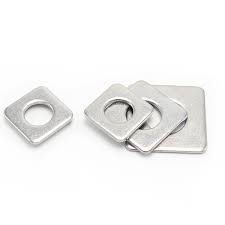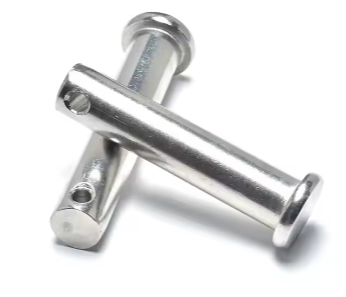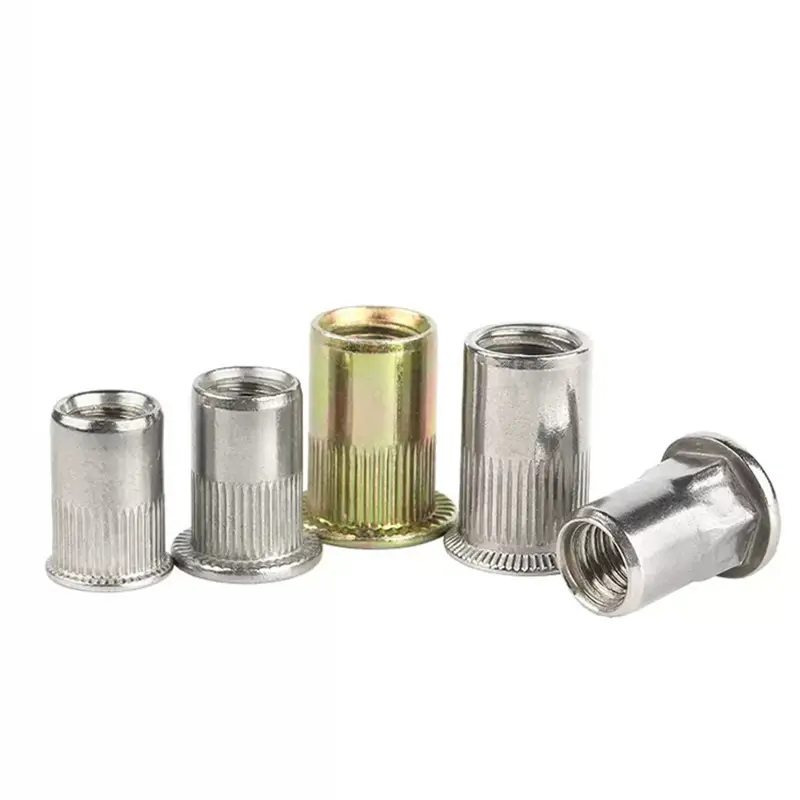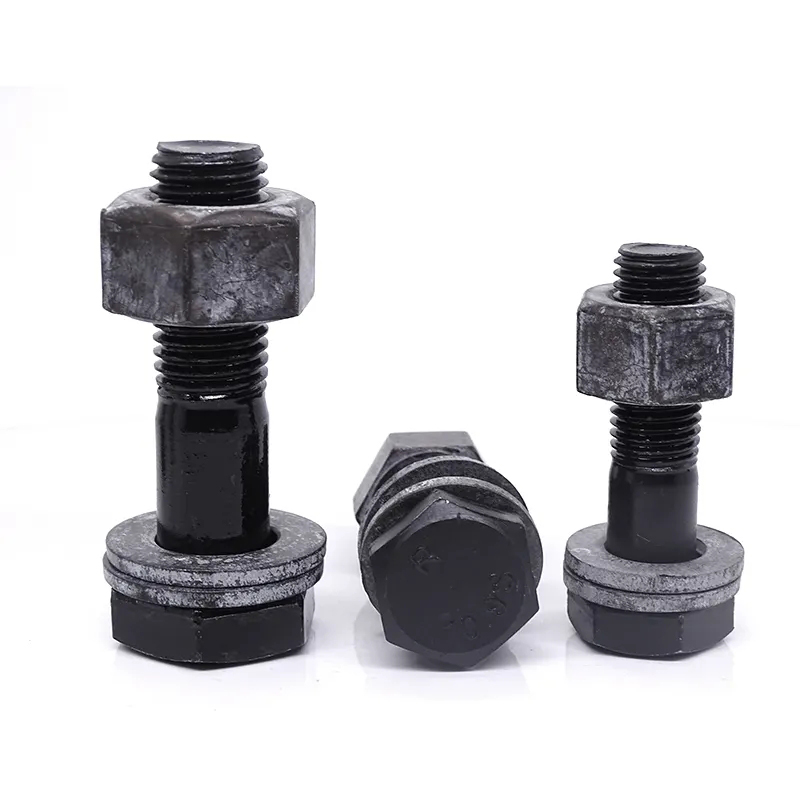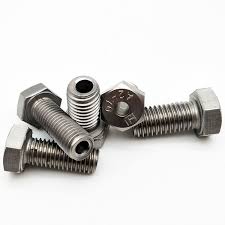DIN 912 M6 Hexagon Socket Head Cap Screws: A Comprehensive GuideUnderstanding DIN 912 M6 hexagon socket head cap screws is crucial for various applications. This guide provides a detailed overview, covering specifications, materials, applications, and selection criteria. We'll also explore the advantages and disadvantages of using these screws and offer tips for proper installation. This information will help you choose the right DIN 912 M6 screw for your specific needs.
DIN 912 M6: Key Specifications and Characteristics
The
DIN 912 M6 standard designates a hexagon socket head cap screw with a nominal diameter of 6 millimeters. This type of screw is known for its high strength and reliability, making it suitable for a wide range of applications in various industries. Key features include:
Thread Type and Pitch
The screw conforms to the metric thread standard, offering consistent thread engagement. The specific thread pitch for an M6 screw can be found in relevant engineering tables.
Material Selection
DIN 912 M6 screws are typically manufactured from various materials, including: Steel: Commonly used for general applications, offering good strength and durability. Different grades of steel (e.g., stainless steel) offer varying levels of corrosion resistance. Stainless Steel: Provides excellent corrosion resistance, making it suitable for outdoor or wet environments. Grades like A2 and A4 offer different corrosion resistance levels. Other Alloys: Depending on specific application requirements, other alloys might be used for increased strength or specific properties.
Head Style and Drive Type
The hexagon socket head indicates a hexagonal recess for a hex key (Allen wrench). This design allows for precise tightening, even in confined spaces.
Applications of DIN 912 M6 Screws
The versatility of
DIN 912 M6 screws allows for a wide range of applications, including: Machinery and Equipment: Securely fastening components in various machinery. Automotive Industry: Used in various automotive applications. Construction: Suitable for use in structural and non-structural applications where high strength is required. General Engineering: A staple in various general engineering and manufacturing processes.
Choosing the Right DIN 912 M6 Screw
Selecting the appropriate
DIN 912 M6 screw involves considering several factors: Material Strength: The required tensile strength of the screw should be matched to the application's load requirements. Corrosion Resistance: Choose stainless steel options for applications exposed to corrosive environments. Thread Length: Ensure the screw's length is sufficient to provide adequate engagement with the fastened materials. Torque Requirements: Understand the required torque for proper fastening and avoid over-tightening.
Advantages and Disadvantages
| Advantages | Disadvantages |
| High strength and durability | Can be prone to cam-out if not properly seated |
| Precise tightening with a hex key | May require specialized tools |
| Wide range of materials available | Cost can vary significantly depending on material and grade |
| Relatively low cost (for standard steel versions) | Potential for galling or seizing if not properly lubricated |
Proper Installation of DIN 912 M6 Screws
Always use the correct size hex key to avoid damaging the screw head. Apply appropriate lubrication to reduce friction and prevent seizing. Tighten to the recommended torque specification to ensure a secure fastening without over-tightening. For more complex applications, consult engineering standards and best practices.For high-quality
DIN 912 M6 screws and other fasteners, explore the wide selection available from Hebei Dewell Metal Products Co., LTD. Visit their website at
https://www.deweLLfastener.com/ to learn more.
References
(Note: This section would include links to relevant standards organizations and material specifications. Due to the limitations of this response, specific references cannot be provided here. However, a published article would include appropriate citations).



